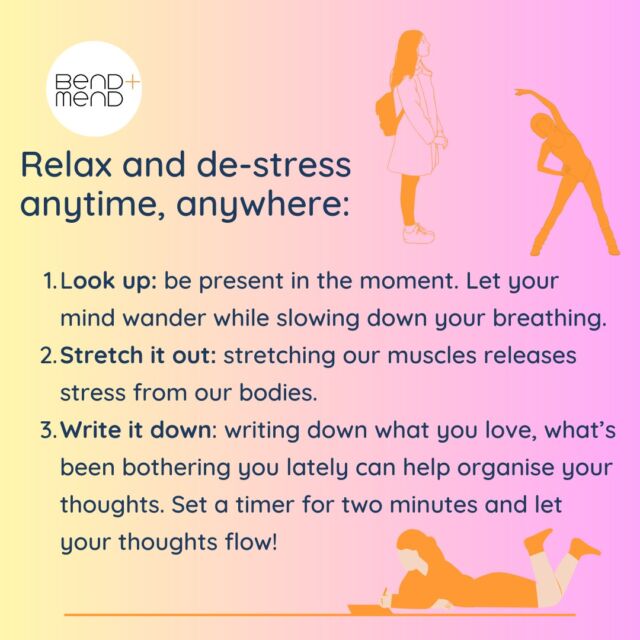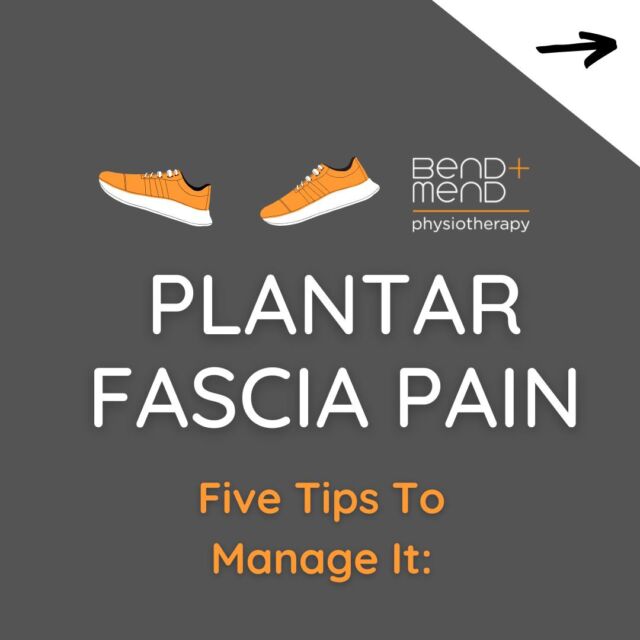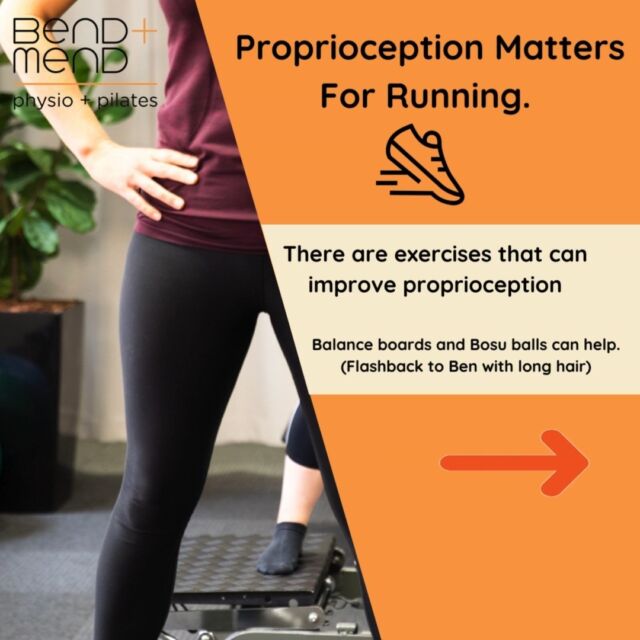Sometimes when a patient comes in with a painful such-and-such, we both know why it started; they’d done something a bit risky (as we all do sometimes) and this time they’re paying a price. C’est la vie. At other times, we’re both a little surprised because there’s no clear trigger for why this pain sparked up. But there’s a third group where a risk has been underestimated or missed by the patient. To help you think like a Physio and avoid these common injuries, read on.
The Sand Between Your Toes (aka Chariots of Fire)
- The Situation: It’s a glorious day at the beach. You breathe in some sea air and suddenly you’re inspired to walk, or run! That lighthouse can’t be very far now can it…
- The Risks: We run and walk differently on sand, working different muscles. Calf tightness and soreness the next day is likely. Pain anywhere from the foot to the lower back is possible.
- The Advice: Tight calves aren’t that serious, but exercising on already tight calves is a sure way to a new injury. So make sure to allow plenty of time (*) to get back to normal before you next train. Using a foam roller can help. If you already have a history of foot and ankle issues, keep off the sand or keep it very short.
The Squeaky Clean Saturday
- The Situation: After months of postponement, this is it. Today is the day you will clean the house properly. After all, you’re hosting Mum’s 70th and your picky older sister is coming to stay. The sister with the mould allergy. Once you start scrubbing and scouring, a strange but satisfying compulsion takes over and you go all day in a cathartic orgy of cleanliness.
- The Risks: Any repetitive strain (“RSI”) issues can be aggravated here, especially Tennis Elbow and shoulder pain. Your neck and back mightn’t appreciate the postures and if you’re like me, your knees won’t handle too much kneeling.
- The Advice: Do whatever you can to spread out these jobs over the week. If you can’t, rope in others to help. During the day, change tasks often and try to spare the part of your body that tends to gives you the most trouble. A low stool can often help to avoid bending or kneeling. If anything hurts by the end of the day, use an icepack to reduce inflammation.
The Gentle Golfer (aka The Bucket of Balls)
- The Situation: It’s been a while since you’ve played golf and you (sensibly) decided to get back into it carefully. So rather than play a whole round, you’ll just hit a few balls at the range. The small bucket seems bad value, so you get the bigger one. You’re having fun but you really want to get this driver right. Before you know it you’ve hit almost 100 full-blooded swings- far more than you’d ever hit in a round of 18 holes.
- The Risks: Back pain, Golfer’s Elbow, any.
- The Advice: Be sensible and keep the powerful swings to a low number. Chipping and pitching is relatively safe and a good way to rediscover your touch. If you’re keen to play a round (and your legs are ok with the walking) this might be less risk and more fun.
The Weekend Worker
- The Situation: Sure, it could be a work deadline that has you sitting at the laptop all weekend. But if you’re me, you might just be obsessively researching hotels for your next holiday or trying to (finally) make that wedding photobook online. Either way, you didn’t expect it to take long so you’re not set-up properly at your desk.
- The Risks: Neck and back pain. Sydney CBD workers can be like elite athletes when it comes to desk work. But there’s a big difference between a 5 day week and a ‘12 day week’, especially if the weekend is slumped over a laptop rather than a proper workstation. You’ll probably feel ok at the time, but these can catch up with you. If you wake up with pain later that week, it’s less likely that you “just slept funny” and more likely that your spine has simply had enough.
- The Advice: Improve your laptop ergonomics and take breaks to keep mobile with ‘book openers’. If you’ve had to push through, try and have a nice lie down with your head comfortably supported to give your neck muscles a break- they’ve earned it.
The ‘Surely This Is Good For Me’
- The Situation: You’ve long held the belief that you “have to do more stretching” and finally you seize the moment and actually do it. Maybe you’ve started yoga or have looked up stretches for a particular body part that’s bothering you, but either way you’re reaching for your toes (and the stars.)
- The Risks: While the traditional lore was that stretching prevented injuries and everyone should do it, this has been largely disproven**. Similarly, yoga is not a fool-proof path to a healthier, ‘bendier’ you. I’m sorry to make it more complicated, but some people in some situations will do well to stretch where others can be creating problems. For example, any condition involving tendon pain or nerve pain should probably not be stretched even if it feels nice at the time.
- The Advice: If you’re actually having an issue (a pain, a new niggle, a tightness that you can’t explain) then just trying to stretch it can be a bad idea. Get it checked out and give you a personalised answer you can trust. If you’re pretty sure about it and want to give stretching a go, try to ignore any short term sense of relief and ask if you’re genuinely better for having stretched. Or, if you’re looking for a form of exercise to work on mobility, control and strength in whatever combination you need, physio-led Pilates is the way to go.
* I was once in Zanzibar and seized upon an opportunity to run with some locals down the beach which somehow turned into a fast and euphoric 10k! It was probably the most enjoyable run of my life and I don’t regret it, but predictably it was at least two weeks before my calves came back to life.
** Ask me if you ever want to discuss this – one of my favourite topics!







